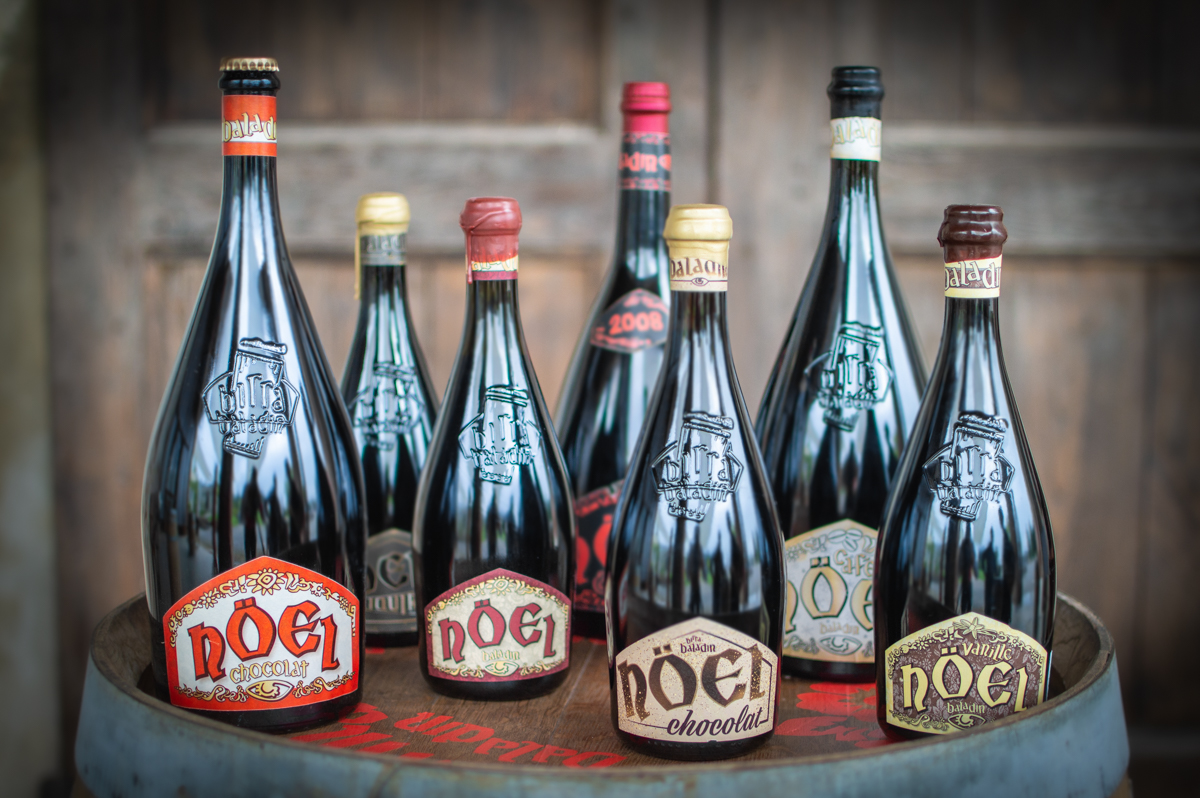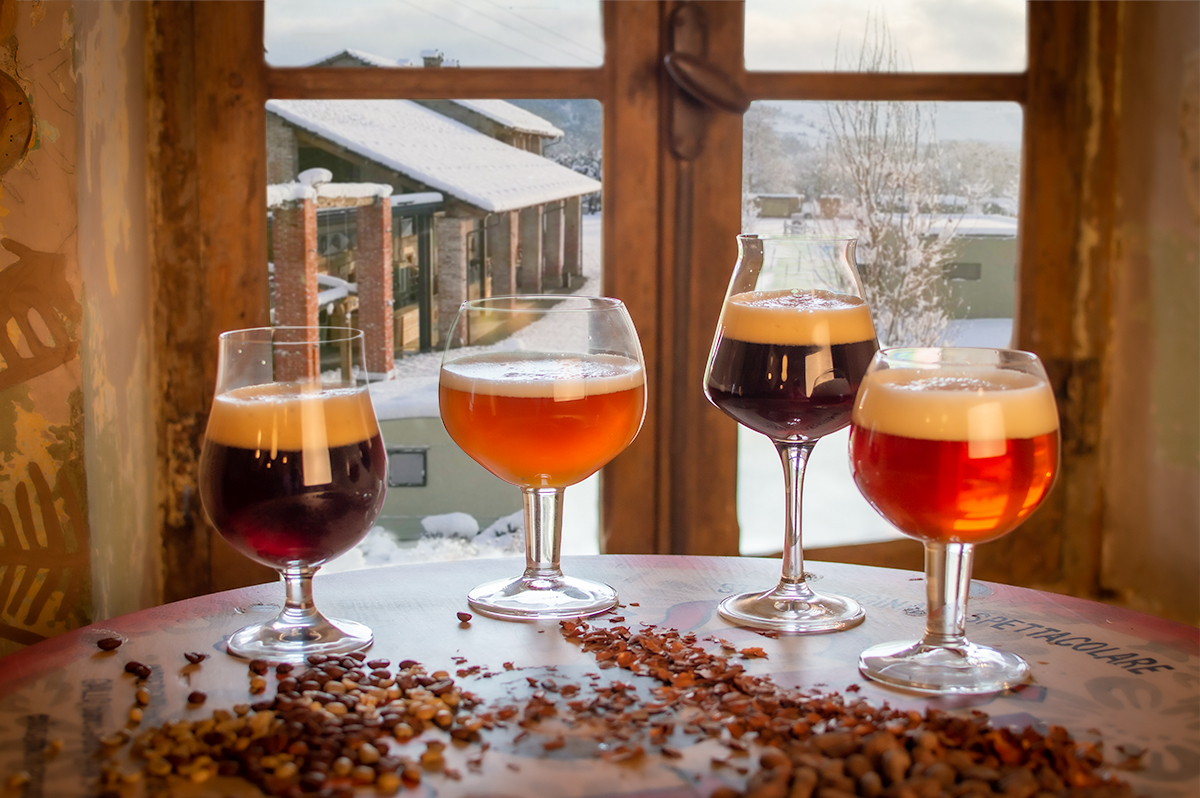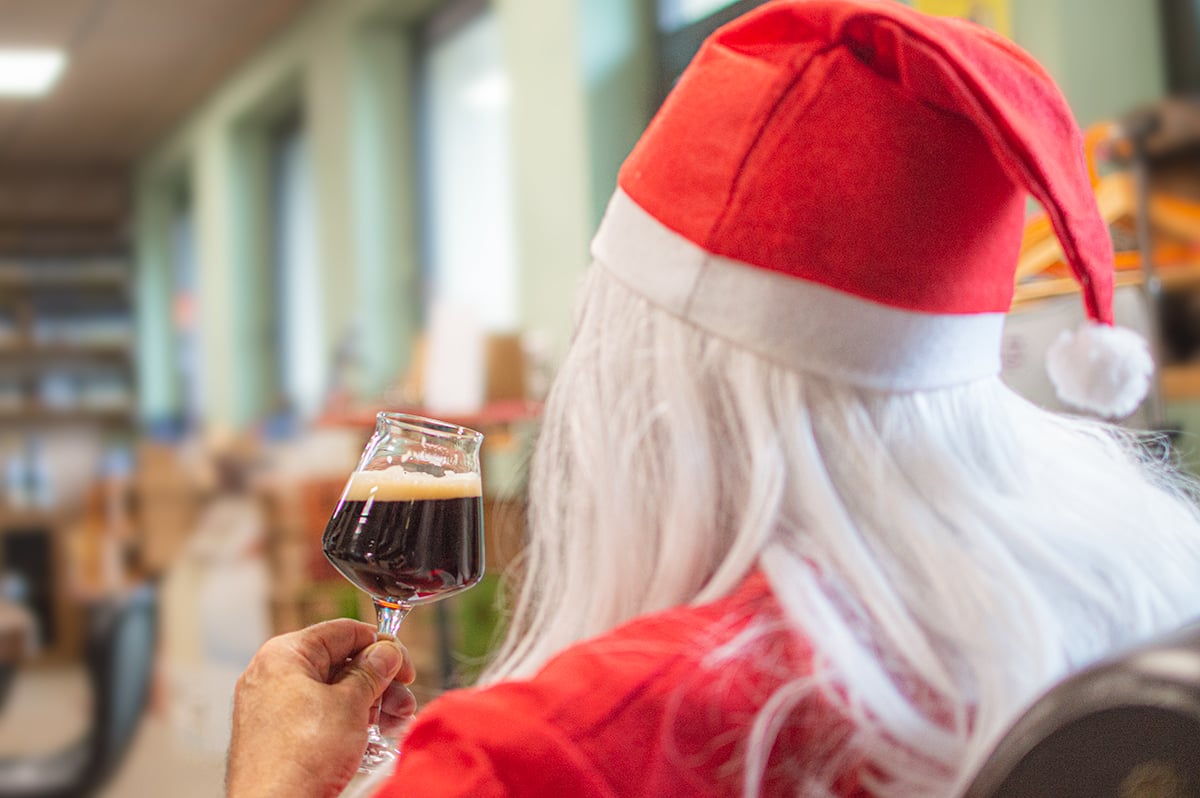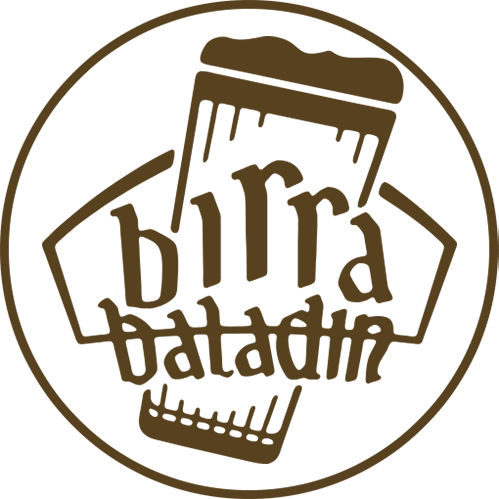Baladin Nöel’s many identities

Making special beers for the Christmas festivities is a habit that has quickly spread among Italian breweries, but has very distant origins. The tradition is deeply rooted in the international beer-making culture and probably started when beer itself was first invented. Christmas beers were certainly made in the Middle Ages, when they were first officially documented.
Over time, they have taken on different features and names in different countries. Winter Warmer in the English speaking world, Christmas Ale in the United States, Kerstbier in Belgium. Kerstbier, characterized by a high alcohol content and “Christmassy” aromas that often come from the addition of spices, have inspired many of the Italian Christmas beers. Our brewers, however, have interpreted this type of beer with a personal touch, using local ingredients or aging their creations in wooden barrels for long periods of time. One of the best Italian Christmas beers is also one of the first examples of this genre in our country: Nöel by Baladin.
It all started from Chimay Blue
The genesis of the recipe is quite peculiar. It was originally created by Teo Musso to pay homage to the product that made him fell in love with craft beer: the trappist Chimay Blue, originally made to celebrate the Christmas season. A very personal tribute shaped on his tastes and his idea of beer.
Nöel was dark (the color of a monk’s tunic), with a strong presence of barley malt. In contrast to its reference model, though, it used a different yeast strain and, most importantly, it was much less carbonated. The result was a Christmas beer that was immediately and greatly appreciated by the public. It was soon sold in a magnum bottle, a format that was quite unusual for the craft beer market of the time.
From Nöel to Leön
Nöel was truly an extraordinary product: easy to drink despite the high alcohol content and enriched by a spectacular aromatic profile with notes of nuts, plums in spirit, sultanas, caramel and cookies. Nöel was so successful that, a few years later, Teo decided to brew it all year long, and not just during the festive season.
This marked the birth of Leön: the recipe remained the same, but the name changed thanks to a clever anagram that no longer associated the beer to the Christmas festivities. However, this meant that Baladin had to find a new product to celebrate Christmas. The idea, then, was to launch a series of flavored Nöel versions, where the basic characteristics of the recipe are enriched by one special ingredient that changes every two or three years.
Nöel’s many identities
The first beer of this new series was Nöel Chocolat, which debuted at Salone del Gusto 2004. And a grand debut it was, as Teo Musso managed to bring together three big names of chocolate for the occasion: Domori, Gobino and Rizzati. Each one of them created a special product included in the Nöel Chocolat box, made with the same, very rare Ocumare 67 cocoa from Hacienda San José used for the beer. Later versions consolidated the cooperation with Domori, who is now back for Christmas 2019, when Nöel Chocolat comes back to the market.
All Nöel versions share the use of top quality ingredients. Nöel Vanille – one of the most renowned interpretations of Baladin’s Christmas beer – was made with vanilla pods from Madagascar added to the recipe with a cold infusion process. Nöel Cafè, launched in 2007, contained a high quality coffee selected by Leonardo Lelli. In this case, the coffee aromas were brought out by adding a whole coffee bean to each bottle.
Further versions of Nöel experimented with other ingredients. Nöel Liquirizia was the Christmas 2017 edition and was brewed between the end of summer and the beginning of fall to give it time to ferment and profit from a longer aging period. A version of Nöel flavored with orange zest is less famous, but equally intriguing. 2002 was the year of what can now be considered a real rarity: Nöel Perbacco, made in a very limited number of bottles. The peculiarity of this beer is that it was fermented with the addition of 25% Dolcetto grape must. A forerunner of Italian Grape Ales!





